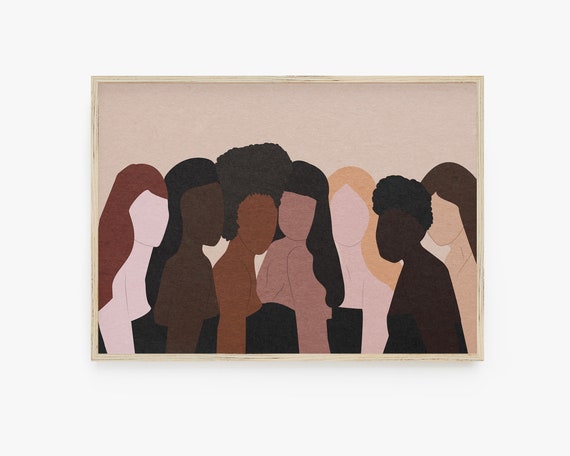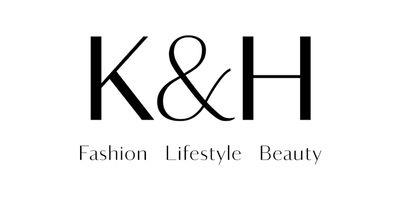
Conceptual art is an art form which explores the boundaries between art's aesthetic and practical realms. It continues Marcel Duchamp's tradition of readymades and puts emphasis on art-making. This often results in a work that is both functionally appealing and visually appealing.
John Latham
John Latham, a British concept artist, was born in Northern Rhodesia. He was an influential and widely recognized artist who pioneered the art of conceptual art. His work embodies the complexity of human interaction with the environment. His work was influenced strongly by philosophy, science and nature.
Latham's work can often be described as avant-garde or experimental. Latham was an artist whose artistic output focused on concepts of time, consciousness, perception, and the cosmological level. His goal was to reestablish the lost connection between the individual world and himself.
Henry Flynt
Flynt conceptual art challenges the boundaries of aesthesis. Flynt's abstract paintings as well as his collages and drawings often draw inspiration from science fiction and fantasy. He has presented a series lectures that covered a wide range of topics including mathematics, psychedelics and positive creep theory. The title of his 1975 book, Blueprint for a Higher Civilization, suggests his ambitious scope. Flynt isn't just an anti-art activist hyperbole despite his blunt manner.

Flynt stated that artists should aim for balance between aesthetics and ability to express ideas through their art. He claimed that if an artist fails to balance both poles, his work will suffer. He never published any of his Concept Art pieces and most of his other art work was destroyed. Nevertheless, his works are still available as holographs.
Robert Rauschenberg
Robert Rauschenberg's work is often called "rebus", a term that refers to visual puzzles that are not clear. The artist also gave the titles to two of Rauschenberg's most famous works, Jammer (1975-76), and Hoarfrost (1774-76). Rauschenberg's work often mixes intimate images from the past with the history and art of his day.
Rauschenberg was the son of strict Christian parents. He was born in Port Arthur Texas. Ernest Rauschenberg was Ernest's father and worked for Gulf State Utilities. His mother, Dora, was a devout Christian who made clothing for the family out of scraps. Rauschenberg may have had a significant influence from her. Rauschenberg was a prolific artist as a child and even copied comics. He was 13 when he decided to become a pastor.
Sol Lewitt
Sol LeWitt was a Connecticut native, born 1928 in Hartford. In his youth, he attended art classes at Wadsworth Atheneum and received a BFA in 1949 from Syracuse University. After serving in the Korean War in the United States Army, he relocated to New York and enrolled at the Cartoonists and Illustrators School. From 1955 to 1956, he worked at the I. M. Pei office where he created many major works.
LeWitt's artwork was instrumental in the establishment of Conceptual Art and Minimalist movements. Although they may appear to be simple geometric designs, his paintings are thoughtfully created. LeWitt enjoyed drawing and used wrapping paper often to create his works.

Sol Lewitt’s Buried Cube
Sol LeWitt’s Buried Cube was a 1968 piece of conceptual art. It features nine black-and–white photographs of the artist digging a burial ground and burying a small wooden cube. Despite being empty, the photographs capture the artist's thought about what this act means. The photographs have thus become art.
The Dawn Gallery, New York City, hosted the artist's first solo exhibition in 1966. It was followed by an exhibition of cubes in white enameled metal in 1968. Additionally, the show featured diagrams and computation sheets as well working sketches. The cubes weren't the only component of this exhibition. However, their components were just as important as their forms.
FAQ
What's the difference in high-end and cheap clothing?
Cheap clothing is usually low-quality and limited in features. High-end clothing is typically more expensive but offers many additional features.
Celebs and models tend to prefer high-end brands. These clothing styles are frequently seen at red carpet events or runway shows.
Why does my style change?
As you age your style changes. Your body shape also changes. Your hair color and skin tones change.
You might even discover a new passion for something. As we age, we gain more knowledge about ourselves.
Where can I find the latest fashion trends in my area?
Many people are involved in creating fashion trends. These include stylists and photographers, models, celebrities, bloggers, photographers, stylists, and models. Trends can be found all around the world and are always changing.
Trends are affected constantly by the world around us. People want clothes that reflect our culture, our heritage, and where we live.
People also want to express themselves through clothing. They want to display their style and personality.
They want to stand out from the crowd.
What is the difference between men and women?
Both men and women like to look stylish. Both care about how they look. Women usually look better than men. However, women are not always dressed worse than men.
Women are more concerned with looking feminine. Women are more concerned about looking attractive.
Men prefer to look masculine. Men are more interested in looking strong.
Statistics
- STUDENTS GET 10% OFF GET YOUR CODE (asos.com)
- Also, they are known for offering up to 50% off quite often – always wait for the sales with Express! (collegefashion.net)
- Another ethical fashion company, [43] Consumption as a share of gross domestic product in China has fallen for six decades, from 76 percent in 1952 to 28 percent in 2011. (en.wikipedia.org)
- GIVE 20% OFF, GET 20% OFF. (asos.com)
- According to Water, [41] The annual Academy Awards ceremony is also a venue where fashion designers and their creations are celebrated. (en.wikipedia.org)
External Links
How To
How to find the best accessories to match your fashion style
Best Accessories For Your Fashion Style - The main goal of this article is to give you some ideas and tips on choosing the right accessories that suit your personal taste and style. We'll look at many accessories including jewelry, handbags. scarves. sunglasses. belts. ties.
It's crucial to determine what kind of clothes will suit you the best. You don't want something that doesn't fit or looks terrible. It is important to dress according your age, body shape, or gender. Long shirts and long skirts can make you look more like a woman if you're a guy. Women, on the other hand, should not wear short dresses or shorts. It will make them look younger than they really are.
When looking for accessories to match a particular outfit, you need to first consider the color and style of the clothes you intend on wearing. It would be a good idea for accessories to compliment the colors of the clothes that you plan to wear. This way, you won't clash with the outfits you intend to wear. Consider the size of your clothing. Small accessories are better if your clothing is very large.
Consider the season you are buying accessories. For winter, bright colors are better than pastels. You should check the durability of accessories when you are shopping. You should ensure that accessories like necklaces, earrings and bracelets are durable.
When purchasing accessories, it is important that you pay attention to their price. You will find many inexpensive accessories. However, they might not last very long. It is important to choose high-quality products that last longer than they cost and have a lower price.
You should also consider the material that was used in making accessories. Material such as leather, silk and cotton are durable and easy-to-maintain. You can find cheaper alternatives like plastic, vinyl and nylon that are easy to maintain and clean.
Consider the design of your accessory. If you plan to purchase one for yourself, you will want it to match your personal style. You should choose accessories that are compatible with the person you're purchasing one for.